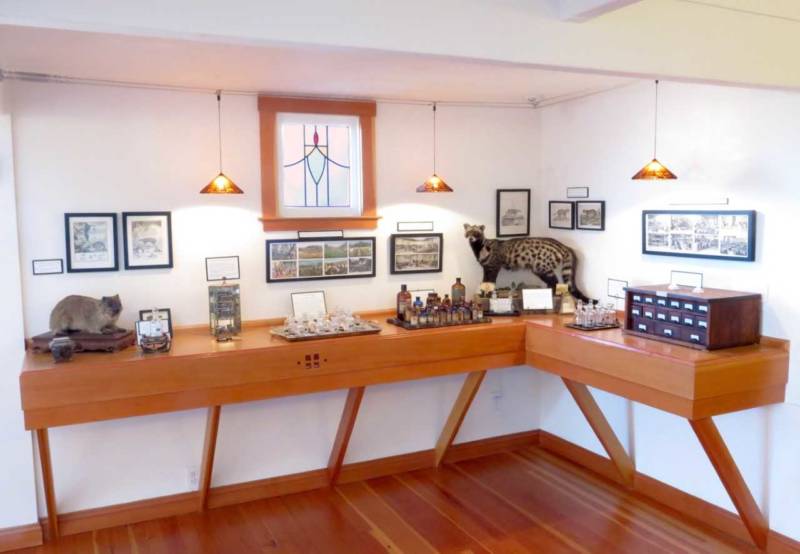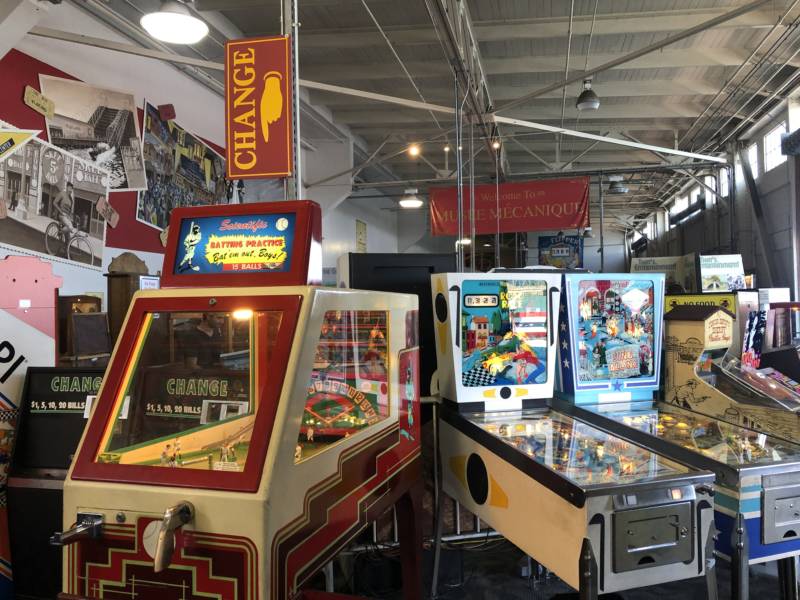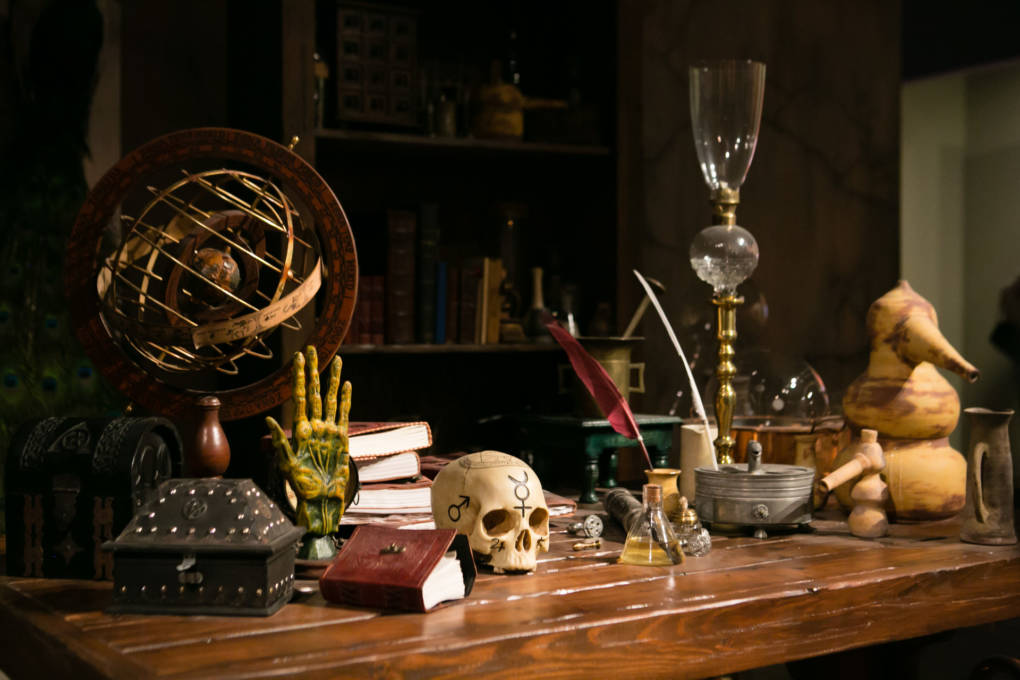In honor of this week’s Bay Curious episode looking at small or unusual museums in the Bay Area, we asked listeners to contribute their favorite unconventional local spots and received a handful of great recommendations. With listener support we present a short list:
Aftel Archive of Curious Scents
Berkeley
The collection is run by Mandy Aftel, a perfumer who has curated more than 300 fragrances for visitors to smell. The archive includes 100-year-old scents alongside their modern counterparts, the raw botanical material used to create scents and perfume books from the turn of the century.
The Bay Model
Sausalito
This scale model of the San Francisco Bay and the Sacramento-San Joaquin River Delta system was completed by the Army Corps of Engineers in 1957. At roughly 1.5 acres, this three-dimensional hydraulic model is capable of simulating tides and currents. It was built to study public works proposals, like a plan to dam the South Bay (it proved that idea was ill-advised). It’s no longer used for research, but still works! In the age of computer modeling software, the Bay Model is quite the sight.
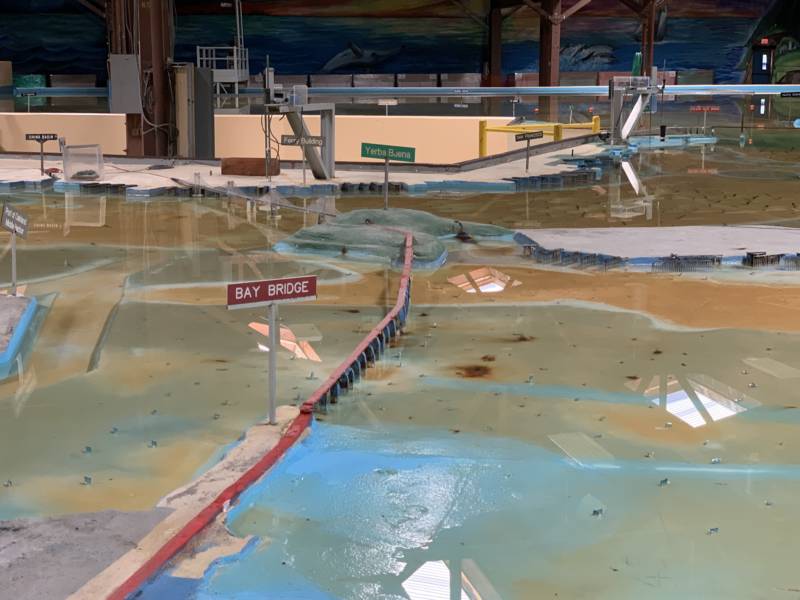
Bigfoot Discovery Museum
Felton
Skeptics and believers alike will find all things related to Bigfoot (or, if you prefer, Sasquatch/Yeti) here at this tiny museum just outside of Santa Cruz, from archive photo “evidence” and artifacts to Bigfoot memorabilia and pop culture clippings.
Letterform Archive
San Francisco
If you love lettering, typography, calligraphy and graphic design this place is for you. On the shelves you’ll find a style book for NASA, stamps from the iconic 1968 Summer Olympics in Mexico, original Fillmore posters and hand-drawn holy manuscripts from the 1400s. The nonprofit center allows visitors hands-on access to a curated collection of over 50,000 items.
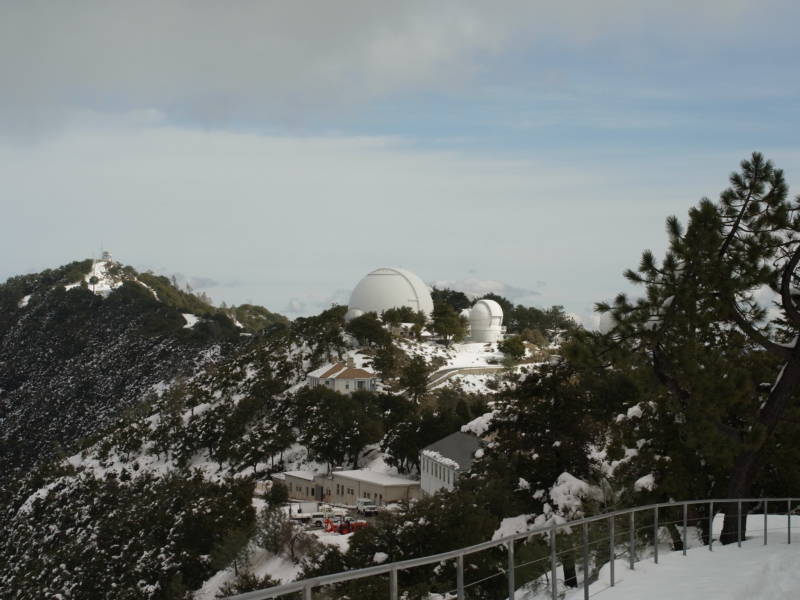
Lick Observatory
Mount Hamilton
Sweeping vistas of the Santa Clara Valley will greet you in the parking lot, inside you can peruse informative exhibits and at night you can explore the sky using one of the major telescopes used to discover extrasolar planets. The observatory opened in 1888 as part of the University of California. It was funded by James Lick and according to the website, “Lick’s gift of $700,000 was the largest philanthropic gift in the history of science and would amount to $1.2 billion by today’s standards.”
